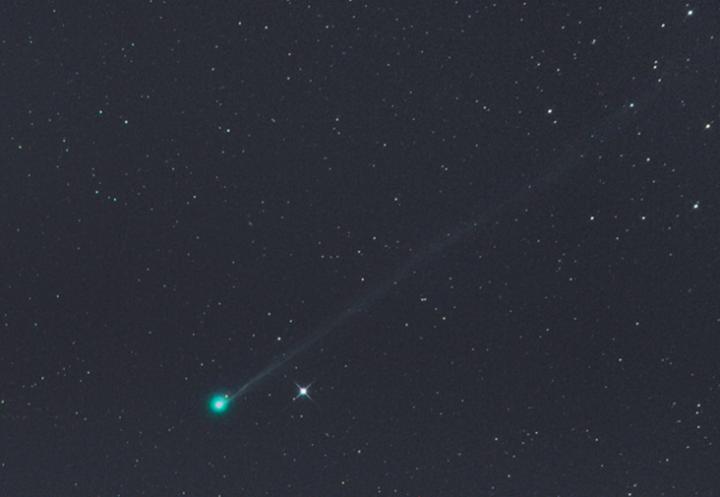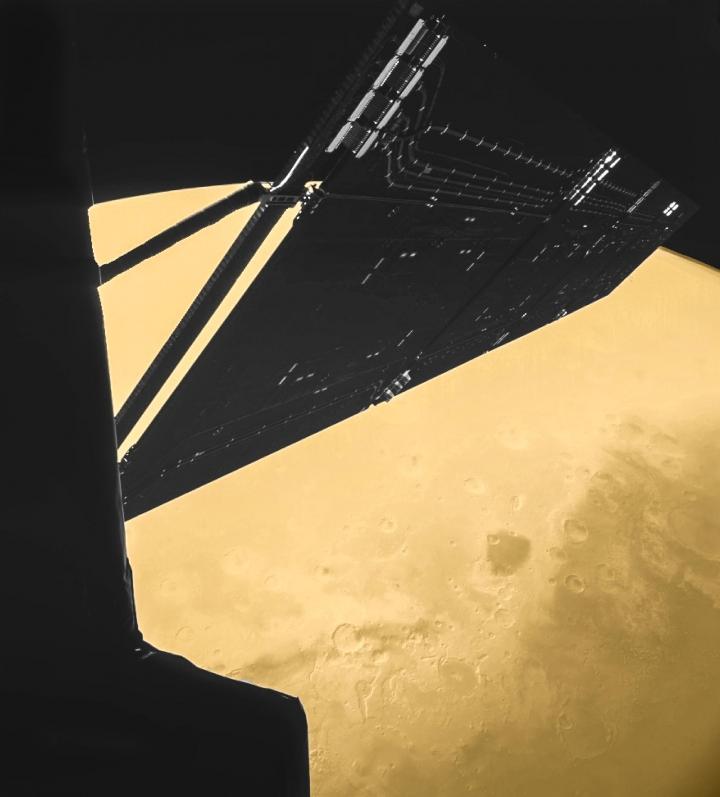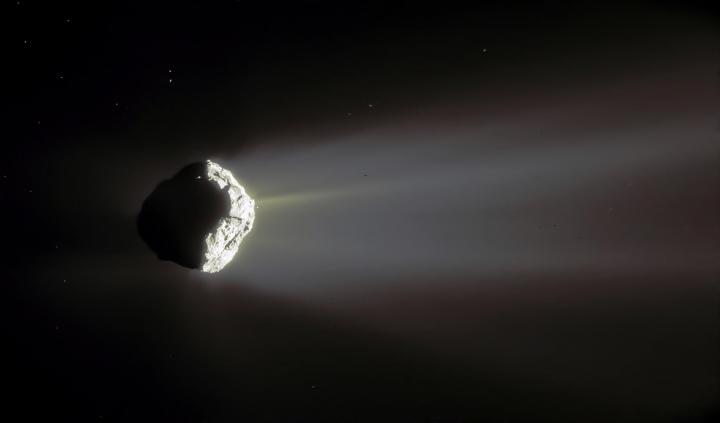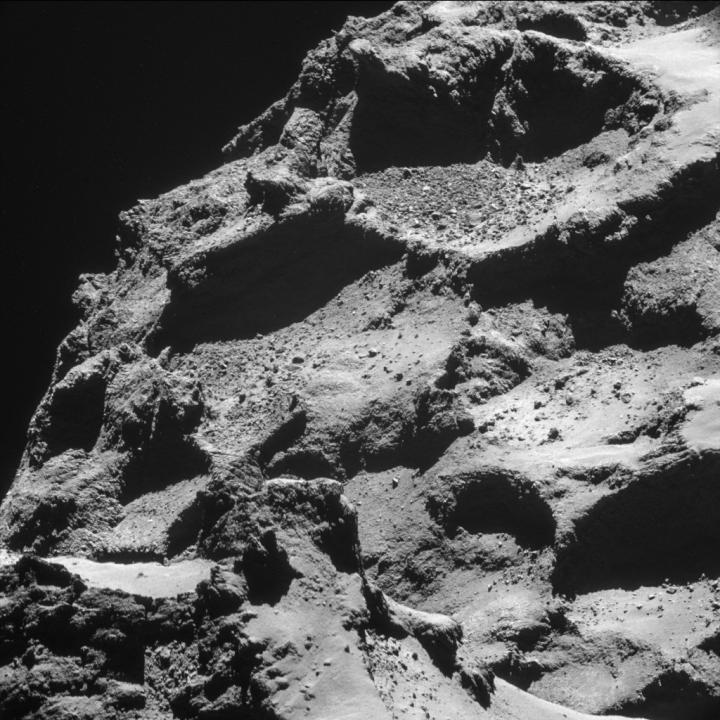
Learn how comets--the "dirty snowballs" of space--are formed. And if comets could support life!
ADVERTISEMENT
We live in north east Spain 41*16'57 N 0*39'58E and at 06.45 this morning (07/09/2014)whilst my husband was walking the dog he saw what he thought was an explosion in the sky and pieces of debris flying off of this 'object' . I was indoors but witnessed light from the ' explosion' which was bright enough to light up our bathroom. At first he thought it was an aeroplane on fire but could this have been a comet?
I saw a comet at 8:48pm in seaford, Victoria, Australia. It was pretty amazing to see its tail was an awesome bright blue and looked like it was breaking off pieces as it went by. Only lasted 10 seconds before it was gone. But still something you must see.
hi,i leave in al khobar saudi arabia....i saw a shooting star or a comet like.....around 7:35 pm...it was something strange...never seen before....it is true?
i never seen one and hope to do some day, but i have seen few moon eclipses and lots of falling stars i love watching the moon since i can remember
The first time I saw a comet I was 10. My friend ( a boy) invited me to watch it from it from a window in his room. it was in my home town in Central Asia. And we saw it! It had a tail. Today I have another opportunity to see meteor shower but in my transplant city- New York. I am going to the Coney Island beach....
I missed them all but hope my sons and grandchildren, etc watch it in the future together as a family reunion.
Wish I'd be here to see it. But at 63 now, I don't expect to be around that long. Good luck to those who are.
Well it’s 10/24 14 + yrs later I’m 77 & hope you’re still here🙂


 Credit: Gerald Rhemann/
Credit: Gerald Rhemann/ Rosetta “selfie” at Mar
Rosetta “selfie” at Mar Rosetta’s image of Comet 67P with a tail of gas and dust, as it orbits the comet from 162 km (101 mi) away.
Rosetta’s image of Comet 67P with a tail of gas and dust, as it orbits the comet from 162 km (101 mi) away. Rosettta’s image of Comet 67P as it orbits the comet from 10 km (6 mi) away.
Rosettta’s image of Comet 67P as it orbits the comet from 10 km (6 mi) away.






